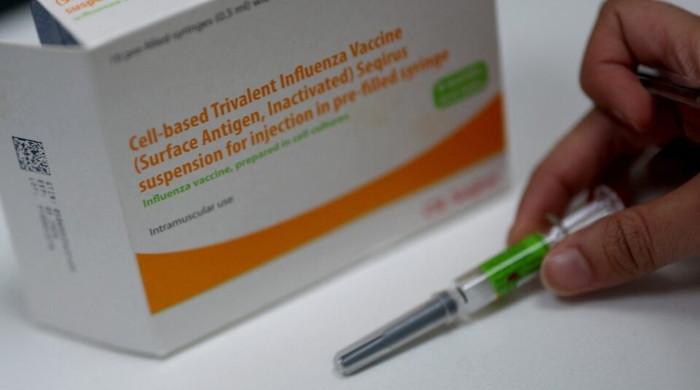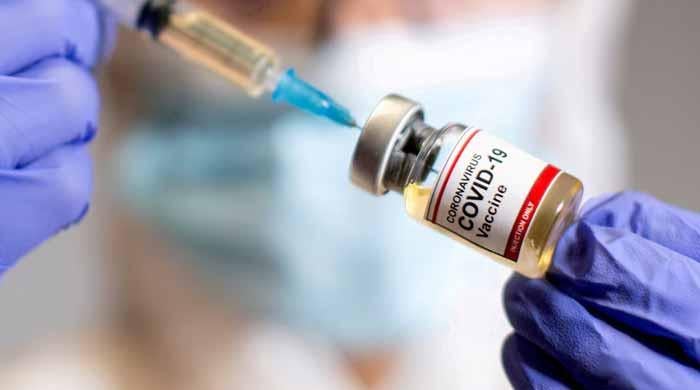Doctors develop system which diagnoses eye diseases by studying tears
iTEARS is able to do its job fairly quickly in about five minutes
July 21, 2022

- New system could potentially fix present problems in pre-existing methods of diagnosing eye diseases.
- iTEARS is able to do its job fairly quickly in about five minutes.
- Process allows researchers to separate samples of healthy people from those who have an eye disease.
WENZHOU: A nanomembrane system which can detect eye diseases using tears, called iTEARS, has been developed by researchers.
The team, headed by Dr Luke Lee and Dr Fei Liu, modified an already existing nanomembrane system meant for isolating exosomes for urine in order to fit the goal of their project. The new system could potentially fix present problems in pre-existing methods of diagnosing eye diseases.
As of now, doctors rely on patients’ own reports of their systems — these reports can be both inaccurate, and ineffective, as patients may become aware of their symptoms only in the later stages of their disease.
And, while other methods of studying proteins or genes could be more accurate in their diagnosis, they often require more time and bigger sample size.
Conversely, iTEARS is able to do its job fairly quickly. The system separates exosomes by laying a tear solution over membranes and adjusting the pressure to stop them from clogging, all in about five minutes. The researchers then mark proteins from the exosomes before analysing them with other instruments, as well as removing and analysing nucleic acids.
The efficient process the system undergoes allows the researchers to separate the samples of healthy people from those who have an eye disease.









